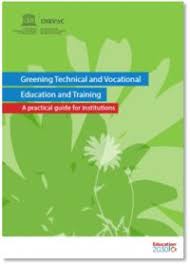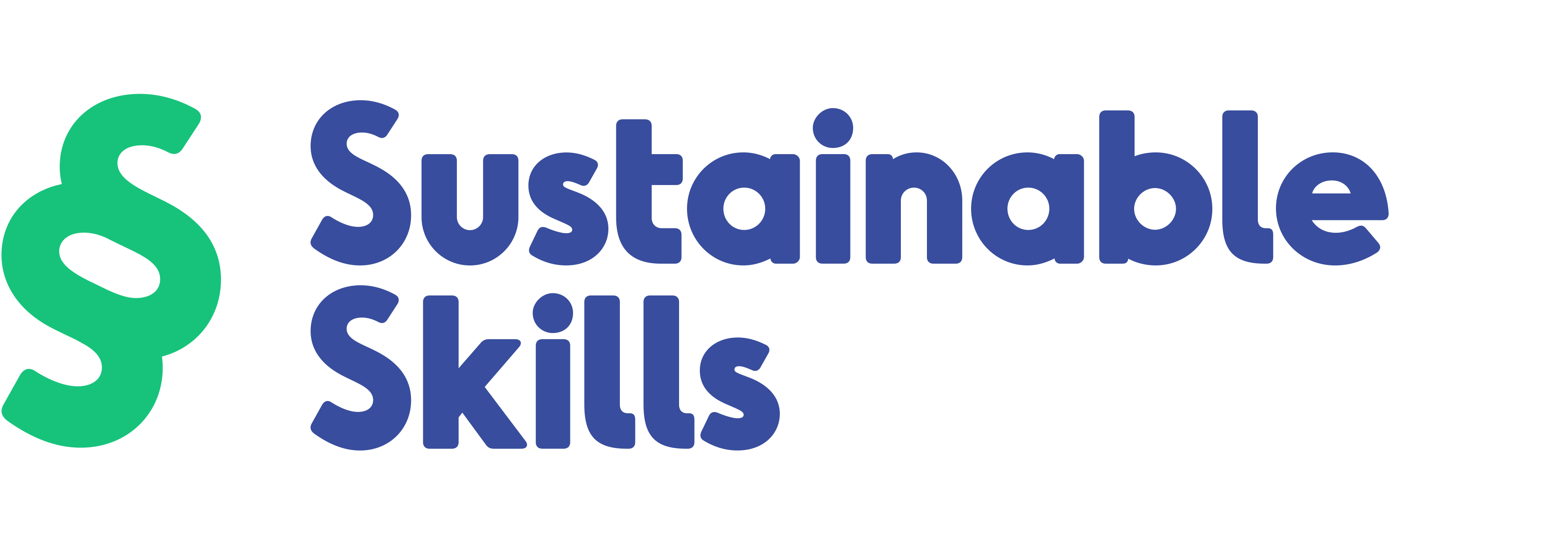Greening TVET: A Practical Guide for Institutions Released by UNESCO-UNEVOC

Environmental Issues represent one of the World’s most pressing challenges of our century. According to the Global Footprint Network, the Earth Overshoot Day, the date when humanity’s annual demand on nature exceeds what Earth can regenerate over the entire year, this year marked globally on August 2, the earliest it’s ever been. Industry can play a pivotal role to reduce the global carbon footprint and change the future of our Planet. This transition demands a change in the nature of work by ensuring workforces have skills and knowledge to support the new green economies and societies. TVET is crucial to support the transition to a low-carbon economy by preparing learners to face new expectations of the industry.
In light of the Sustainable Development Goals (SDGs), TVET underpins many of the proposed goals and the achievement of sustainable development. For example, Goals 4, 6 and 8 of the SDGs are directly related to TVET, with many of the targets capable of being supported by a well-designed TVET system and targeted skills-development interventions.
The “Greening TVET” guide, recently published by UNESCO-UNEVOC International Centre for TVET, outlines the main reasons to invest in greening TVET, including:
- Greening TVET helps production to advance to more environmentally conscious practices,
- A ‘green’ worker is a more employable worker; a ‘green’ workforce will enhance the profitability of the enterprise;
- National governments need to seize the potential for job creation by providing skills needed in the new green sectors;
- Disadvantaged groups in the labour market (young people, women, persons with disabilities, rural communities and other vulnerable groups) require targeted support to develop their potential knowledge and skills for green jobs.
The publication is designed to help leaders and practitioners of technical and vocational education and training (TVET) improving their understanding and implementation of education for sustainable development using a whole-institution approach to greening their institutions.
“Greening TVET” discusses four key steps:
- STEP 1: Understanding the process
- STEP 2: Planning for the greening of TVET
- STEP 3: Implementing an Institutional Green Plan
- STEP 4: Monitoring and Assessment Strategies

